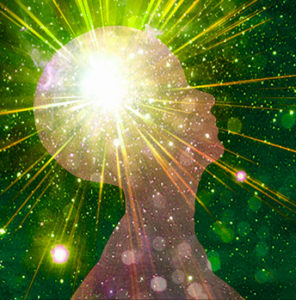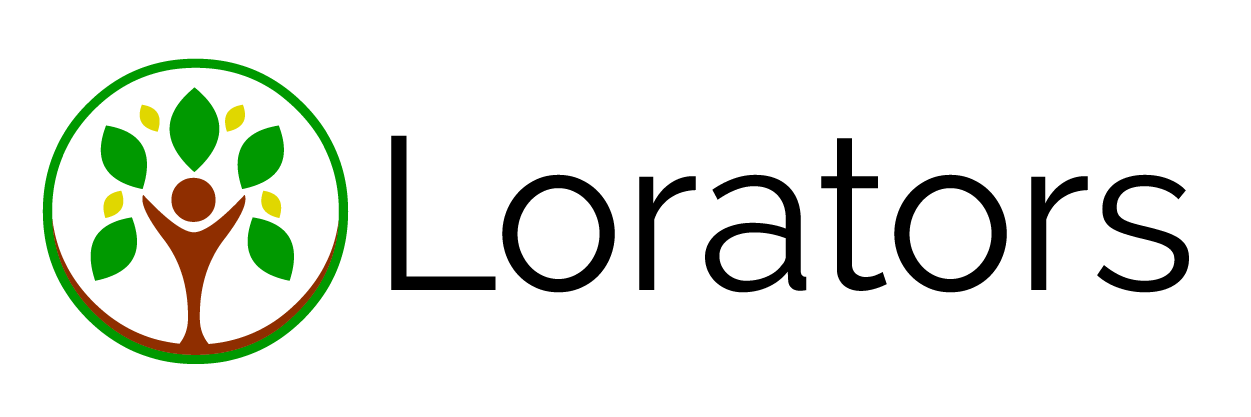
We make sense of the world by measuring what our senses present us with against what we already know. The new information may change the information we already had, or we may class it as incorrect, partly correct or not useful. So, Learning could be described as adding new information or experiences that change what we know or what we do, or how we think.
We all learn, from birth throughout life, all the time. We might consciously make the effort to study a subject, or we might learn through our experiences. We can learn vicariously by watching others learn. Some learning is intentional and some happens unintentionally, out of our experiences. Learning can be formal or informal.
All our senses can be involved in learning. We might experience seeing, hearing, smelling, tasting or feeling something that changes the belief we have about something or sets up a new belief.
Memory plays an important part in learning, but so does context. There is a difference between remembering something and knowing it. We can remember something without being able to apply the information. If we know something, that usually comes with knowledge about how to apply it. The difference between remembering and knowing is the thought we put into it.
Gibbs & Habeshaw (1989) in their ‘Learning to Teach’ publication propose a four-stage learning process. They are;
Experiencing – not just doing something but noticing what happens.
Reflection – on what happened and what it meant
Thinking- about the experience and
Planning- how to test the theory that comes from it.
This shows that learning is multi-layered, and involves the individual processing information and measuring it against what they already know.
A good learning design will allow for these stages and encourage the processing of information by the learner. This could be through actively using the information, discussion with peers or a mixture of both.

